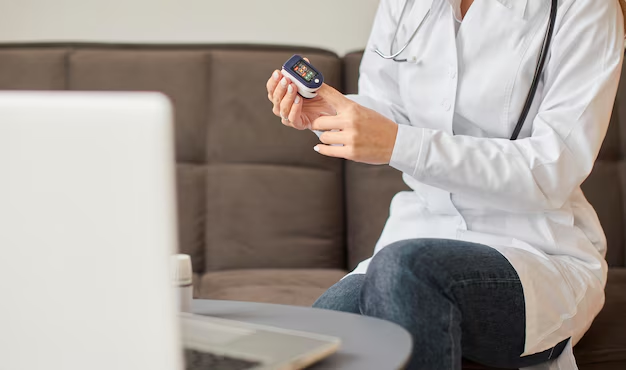Recognizing the Telltale Signs and Symptoms of Diabetes
Diabetes is a prevalent yet often misunderstood condition that affects millions of people worldwide. Understanding its signs and symptoms is crucial for early diagnosis and management. Let’s delve into how you can spot the early indicators of diabetes and why being informed is your strongest defense.
Key Signs and Symptoms of Diabetes
Unrelenting Thirst and Frequent Urination: One of the most common symptoms of diabetes is persistent thirst. This, coupled with the need to urinate frequently, especially at night, should raise concern. High glucose levels force the kidneys to work overtime to expel sugar through urine, causing dehydration.
Increased Hunger: Experiencing excessive hunger is another indicator. When cells resist insulin, they can't absorb glucose, leaving your body craving more energy despite an adequate diet.
Unexplained Weight Loss: Despite eating more, some people with diabetes may still lose weight. The body begins to burn fat and muscle for energy because it’s unable to utilize sugar.
Fatigue and Weakness: Chronic fatigue makes daily tasks challenging. The body's struggle to convert sugar into energy leaves you feeling weary and sluggish.
Blurred Vision: Diabetes can cause blurriness in vision as high blood sugar levels pull fluid from your tissues, including the lenses of your eyes.
Slow-Healing Sores and Frequent Infections: Cuts and bruises that are slow to heal are a red flag, as well as frequent infections. High blood sugar impairs the body's natural healing processes.
Tingling or Numbness: Tingling sensations, numbness, or pain in your hands or feet suggest nerve damage—a result of prolonged high glucose levels.
Understanding How These Symptoms Translate Into Daily Life
Recognizing these symptoms is vital, but what happens after a diagnosis? Managing diabetes may bring about unexpected financial burdens—from medical bills and prescriptions to lifestyle changes that might require better nutritional choices and fitness programs. Fortunately, there are numerous resources to ease this journey.
Support Programs to Lighten Your Load
The physical inconveniences are just part of the story. Financial concerns can add layers of stress as you adapt your daily routine to manage diabetes. Here’s where government aid programs and financial assistance come into play, offering significant relief.
- Medicaid and Medicare: These programs provide vital assistance to eligible individuals, ensuring access to essential healthcare services and coverage for diabetes care.
- Supplemental Nutrition Assistance Program (SNAP): Helps by providing funds for healthy food options, which are crucial in diabetes management.
- Nonprofit Organizations: Associations such as the American Diabetes Association offer support and resources, including educational materials and local community events.
- Pharmaceutical Patient Assistance Programs: Many drug companies have initiatives to provide medications at a reduced cost for those who qualify.
Navigating Economic Pathways for Stability
Dealing with diabetes shouldn't come at the cost of financial stability. Educating yourself about debt relief options, credit card solutions, and educational grants can open doors to stress-free diabetes management.
- Debt Relief Programs: Tailored solutions to manage and reduce medical debt.
- Zero Percent Interest Credit Cards: May offer an interest-free period for managing healthcare costs without additional financial strain.
- Diabetes-Specific Scholarships and Grants: Designed for those pursuing higher education while managing diabetes, these can lessen the financial load.
Financial and Educational Resources at a Glance
Here's a quick overview of the options available to ease both your medical and financial journey:
- 💊 Pharmaceutical Assistance: Access essential medication without breaking the bank.
- 🏥 Healthcare Coverage: Explore Medicaid/Medicare options for broad medical support.
- 🥦 Nutritional Aid: Utilize SNAP to maintain a diet beneficial for diabetes.
- 📚 Scholarships/Grants: Pursue education and reduce costs through diabetes-focused offerings.
- 💳 Credit Solutions: Utilize low-interest credit options for better financial handling.
Being aware of these signs—and knowing the resources available to you—can transform the challenging path of a diabetes diagnosis into a guided journey toward better health and financial security. Remember, support is out there; understanding what’s accessible is your first step toward comprehensive care.
